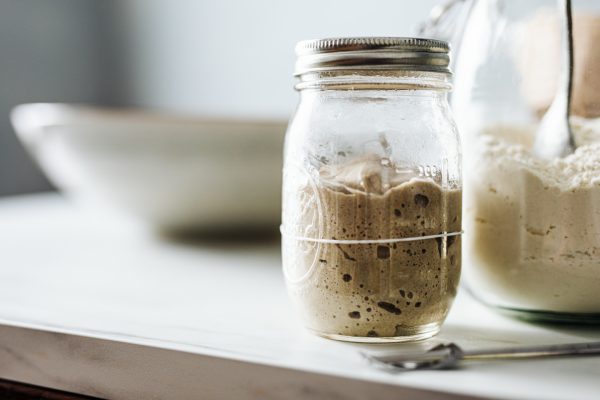
Test yourself on hop flavor and aroma in this week’s Tuesday Beer Trivia.
Those little hop cones that we all know and love are far more complex than one could imagine. Test your knowledge on the different oil compounds in hops that bring our flavor and aroma.
After you take the Beer Trivia quiz below, scroll down to “Beer Trivia Answer Explanations” section to learn more about hop flavor and aroma.
[polldaddy type=”iframe” survey=”A496FD8AC88081C0″ height=”auto” domain=”2491351″ id=”beer-trivia-example-27″]
Click To Expand
The following explanations were taken from “Flavor & Hop Aroma” by Stan Hieronymus originally featured in the May/June 2013 issue of Zymurgy.
Question 1: Hop oils include about 50 to 80 percent hydrocarbons, 20 to 50 percent oxygenated hydrocarbons, and less than 1 percent sulfur compounds.
Question 2: True. Scientists have firmly established a variety of instances where yeast plays a key role in the transformation of hop oil-derived compounds into distinctive “hoppy” aroma.
Question 3: Citral is not a prominent oil compound in hops. Citral is a naturally occurring scent ingredient that is manufactured on a large scale. Farnesene is the other oil compound that is most prominent in hops.
Question 4: It was determined by those researchers that gerianol content in finished beer could be increased by delaying your final hop addition. They also found that the existence ofgerianol in beer can emphasize aromas of other compounds, like citronellol for example, which is what brings out citrus flavor in Citra hops. Without the existence ofgerianol in the finished beer, the aromas of some of the essential oil compounds can be lost in a vigorous boil.
Question 5: Takako Inui examined how hops change throughout the brewing process, including during fermentation. He used two different yeast strands, finding that although “the same cold wort was used for the fermentations, significant differences in hop aroma portraits were perceived. The obtained results thus are attributable to differences in metabolites generated from the components derived from hops by different yeasts.”



Share Post